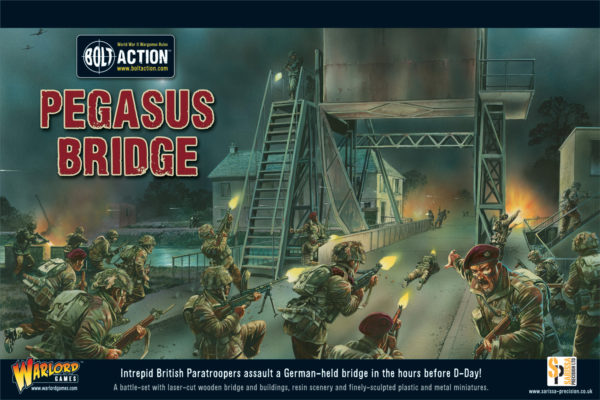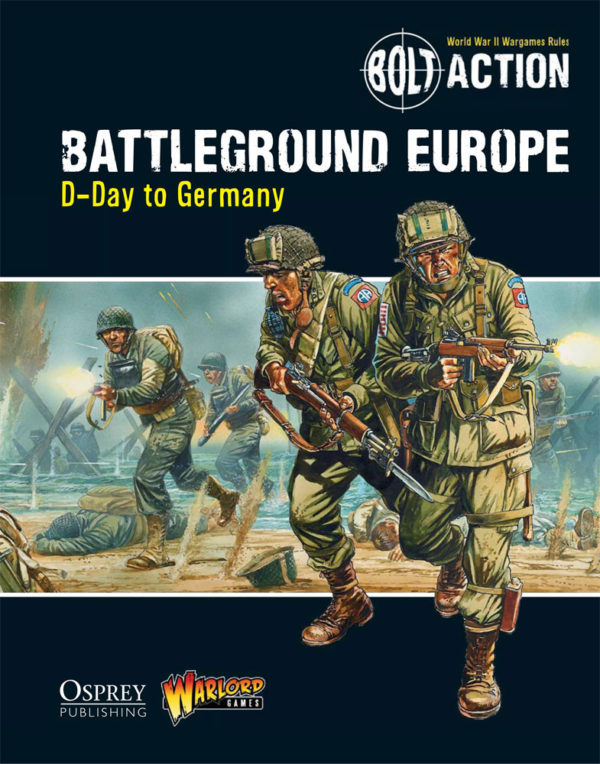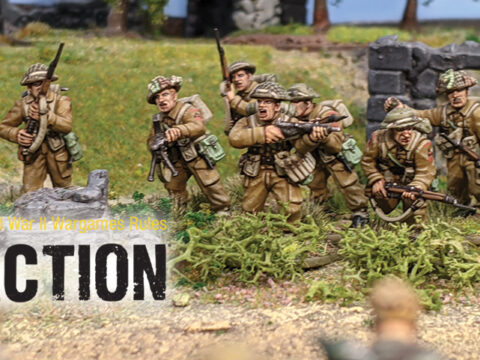The “Ox and Bucks” first saw action on the retreat at Dunkirk, under Operation Dynamo 26th May-3rd June 1940. The 1st Battalion fought at the Battle of Ypres-Comines Canal, in which they had lost 300 men before evacuation could occur. During the retreat from France the rest of the regiment was fighting in the defence of Cassel in Nord until 29th May when they were finally evacuated. The 4th Battalion were completely overwhelmed by the German army and were subsequently destroyed or taken prisoner.
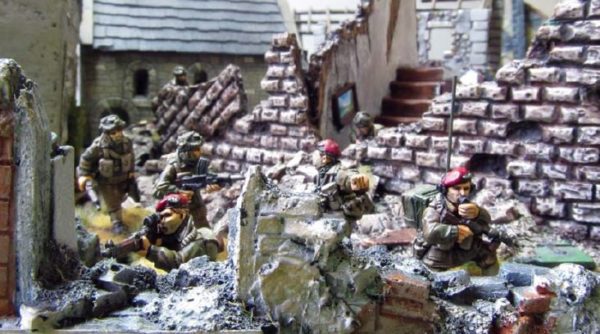
The 1st Battalion would later take on the Germans again during the fight for Hazebrouck were they were faced with the might of the 8th Panzer Division. The 1st gave a good account of themselves and managed to hold off the advancing tank force. Despite this they suffered terribly, with no more than 11 officers and only 200 men of the battalion managing to get back home to Britain.
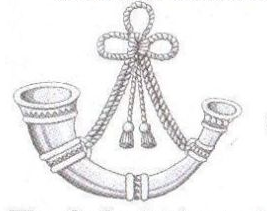
The Crest of the Oxfordshire and Buckinghamshire Light Infantry
The most famous action the Ox and Bucks took part in during WWII was Operation Deadstick – the glider-borne assault on two vital bridges on the river Orne. The 2nd battalion, Led by Major John Howard, ably supported by the Royal Engineers and elements of the Glider Regiment to attack two key bridges, in preparation for the D-Day Landings at Sword Beach. The battalion had been trained by Major Howard, having practiced in England day-in, day-out. Within an hour of leaving Britain, the small force had taken both bridges in 10 minutes of them landing, and they held this position until elements of the 7th Para and commandos arrived, over 3 hours after taking the bridges.
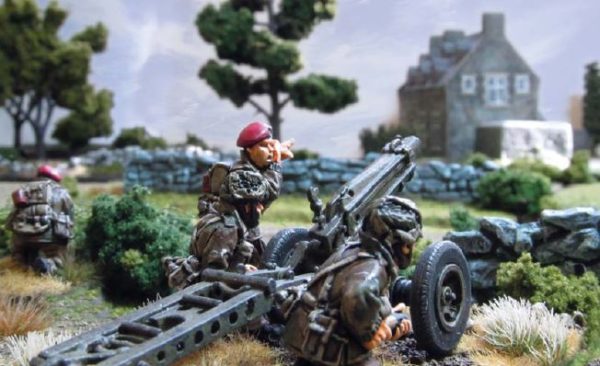 With the D-Day landings underway on the 6th June 1944, the Ox and Bucks, replenished in numbers, entered France as part of the 6th Beach Group, going on to supply men for the defence of the bridgeheads. At this time, the strategic importance of the town of Caen was apparent, and together with the Americans they made numerous unsuccessful attempts to take the town. What they achieved however was a great distraction for the Germans, who focused their attention on the town.
With the D-Day landings underway on the 6th June 1944, the Ox and Bucks, replenished in numbers, entered France as part of the 6th Beach Group, going on to supply men for the defence of the bridgeheads. At this time, the strategic importance of the town of Caen was apparent, and together with the Americans they made numerous unsuccessful attempts to take the town. What they achieved however was a great distraction for the Germans, who focused their attention on the town.
During the Operation Market Garden the 1st Ox and Bucks battalion would fight in the ground offensive and would see action against the strongest enemy resistance yet countered. The intention was to lead the 71st Infantry Brigade across the three bridges over the Wilhelmina Canal, which had previously been captured by airborne troops. The final bridge would go down in infamy as one of the biggest disasters to affect the Allied advance, the battle of Arnhem.
The regiment would take part in the Ardennes offensive, and subsequently fought at the Battle for the Bulge. On the 16th December the 1st battalion along with the 53rd Division where swiftly ordered to Belgium to defend against the advancing Germans, here they fought in the worst weather conditions Belgium had seen in many years.
The Allies launched a counter-attack in early January and the German offensive was defeated later that month, by which time the 53rd Welsh Division (including the Ox and Bucks) had been relieved and returned to Holland soon afterwards in preparation for the invasion of Germany. The battalion took part at the battle of the Reichswald Forest, where the battalion was involved in heavy fighting against German paratroopers and armour at the village of Asperberg. Throughout the offensive the battalion saw action at the towns of Ibbenburen, Daulsen, Gyhum, Wehldorf and culminating with the capture of Hamburg, where the battalion remained until the end of the war.
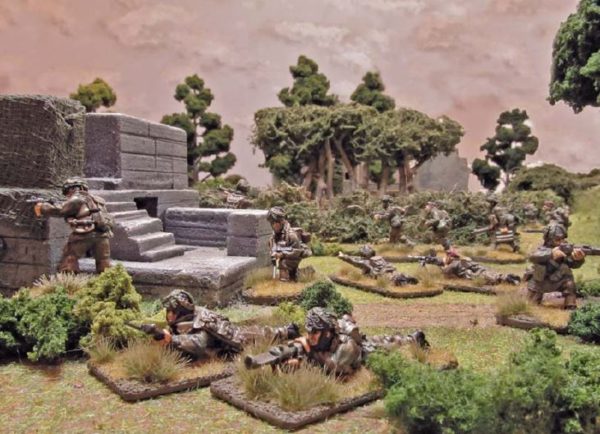
The 2nd Battalion took to the skies once more in the largest airborne operation in history when they took part in the Rhine Crossing. The Germans were on the back foot, and this was their last natural barrier in the West, making this the last significant battle on the Western Front during the war. During the engagement, the 2nd battalion landed further than any other British force, with the objective of taking the German-held bridges. The Germans killed around 400 out of the 800 Ox and Bucks faced against them during this action.
As the army moved through Germany, they eventually met up with the Soviet forces. The 2nd battalion were then chosen to represent the British Army in a meeting between Field Marshal Montgomery and his Russian counterpart. Hundreds of German soldiers surrendered to the Ox and Bucks and they oversaw the safety of over 12,000 refugees. The Oxfordshire and Buckinghamshire Light Infantry regiment was eventually relieved and sent back to Britain, having lost 1,408 men during World War II.
Written by Sam Phillips
Our ‘Pegasus Bridge’ and ‘Ham & Jam’ sets contain a fantastic bundle of miniatures, scenery (even the bridge itself!) and a special Scenario booklet with which you can recreate the heroic taking of Pegasus Bridge by the Ox and Bucks – why not have a look over on the webstore?
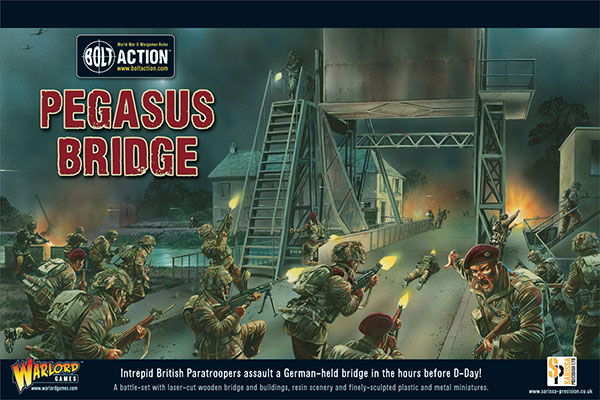
The Allied liberation of Western Europe, including the battle for Pegasus Bridge – is charted in our ‘Battleground Europe: D-Day to Berlin’ Theatre Book, so why not head over to the webstore to pick-up a copy today?

